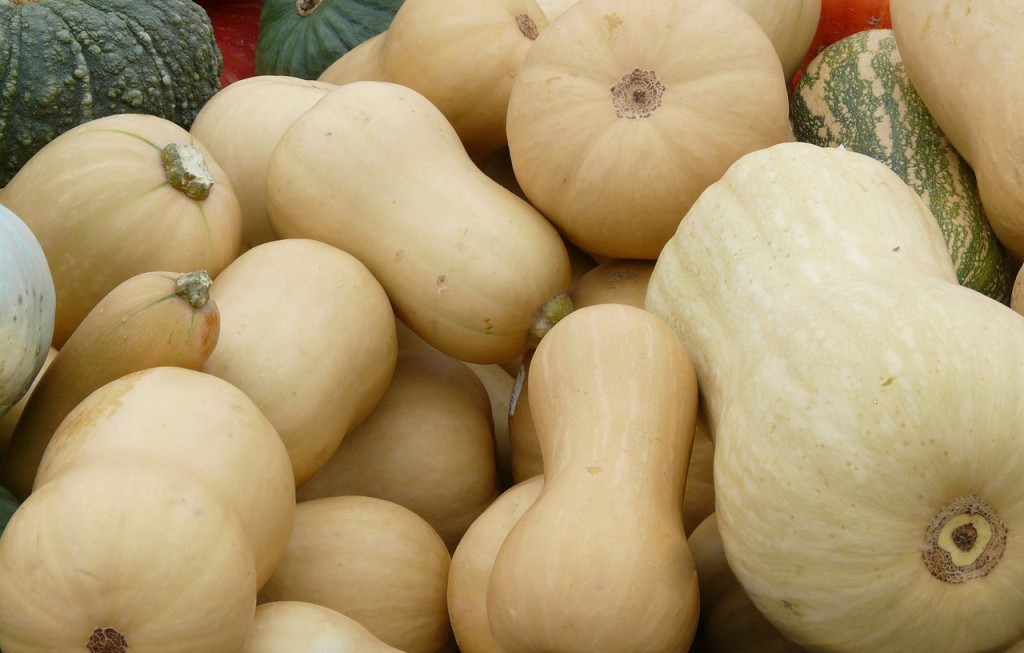Butternut squash have been grown for almost 10,000 years, by some estimates, and seem to have originated in Mexico. They come from the gourd family, along with courgettes, cucumber and melons.
Just like the carrot, butternut is full of the phytonutrient beta-carotene (which gives both veggies their distinct orange colour). Our bodies turn beta-carotene into vitamin A – one of the most powerful antioxidants around – known to protect the body from harmful free radicals and prevent cell damage. Vitamin A strengthens our immune system and helps us see better in dim light.
This vitamin further helps with premature wrinkling, acne, dry skin, pigmentation, blemishes, and uneven skin tone. Butternut also contains high levels of vitamin C (also a rock-star antioxidant), as well as vitamins E and K, and most of the B vitamins.
Because it is rich in phytonutrients and antioxidants, butternut is a brilliant vegetable to incorporate into a wide range of dishes. It’s naturally low in fat and it makes for an excellent source of dietary fibre too, not to mention the fact that it’s delicious!.
Here are some recipes that use butternut squash.
x
